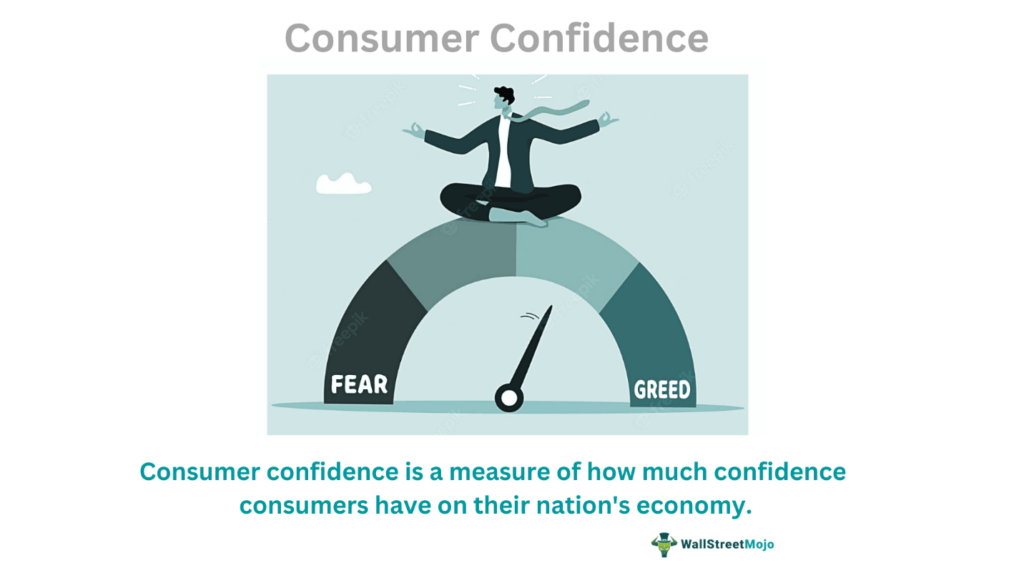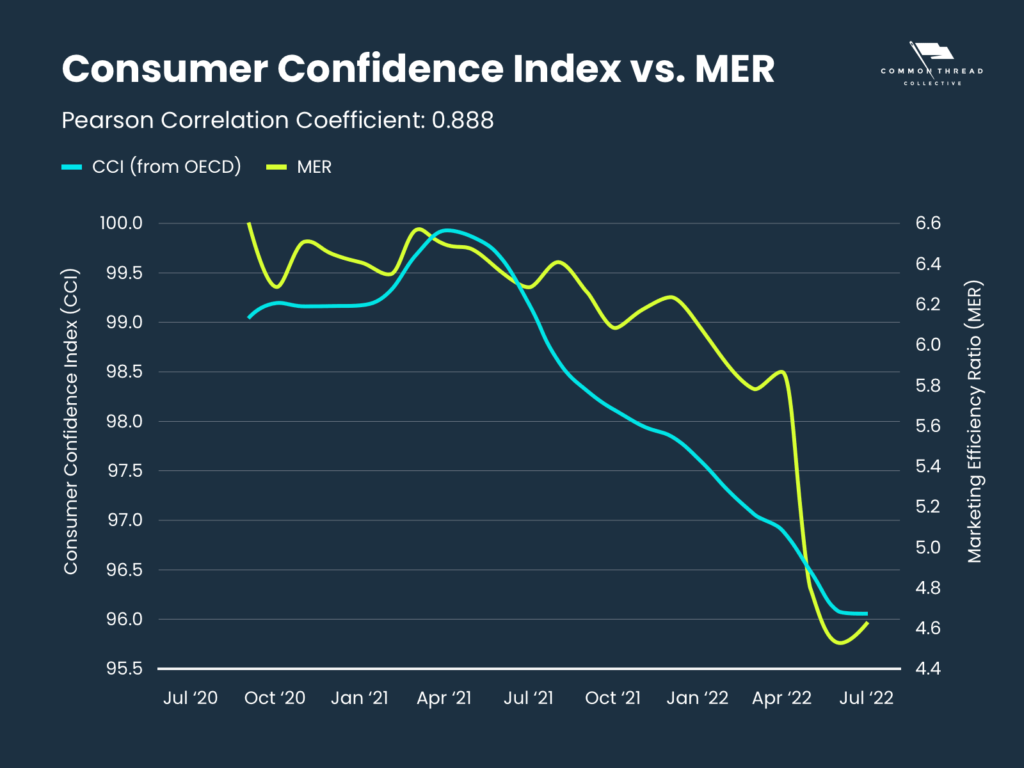In a significant turn for the U.S. economy, the University of Michigan’s Consumer Sentiment Index saw a sharp rise in June 2025, jumping to 60.5 from 52.2 in May. This is the first increase in consumer sentiment in six months, signaling a possible shift in public perception of economic conditions.
The data, released on Friday, shows that Americans are growing more optimistic about inflation, employment, and financial stability, driven largely by cooling inflation expectations and stronger household income outlooks.
According to the University of Michigan survey director Joanne Hsu, the June numbers “reflect growing confidence in the economy’s future trajectory,” especially after months of stagnant or negative sentiment.
University of Michigan Consumer Surveys
Inflation Expectations Drop to Lowest in Over Two Years

One of the most positive developments in the June report is the drop in inflation expectations.
- One-year inflation expectations decreased to 3.0%, down from 3.3% in May
- Five-year inflation expectations remained stable at 3.0%
This marks the lowest one-year inflation outlook since March 2021, a promising indicator for both the Federal Reserve and consumers.
For months, inflation fears weighed heavily on consumer sentiment. Rising grocery bills, gas prices, and housing costs contributed to a growing sense of frustration among Americans. But the June survey suggests that those concerns may be easing.
Economists are now watching closely to see whether this optimism will lead to increased consumer spending—which accounts for more than two-thirds of the U.S. GDP.
Why This Matters for the Economy
The consumer sentiment index is a closely watched measure of how people feel about their current and future financial situations.
When sentiment rises, it often correlates with higher consumer spending, increased investment, and overall economic expansion. On the flip side, lower sentiment usually reflects fears of job loss, higher prices, or economic slowdown.
This latest reading suggests that economic headwinds may be softening, and the Federal Reserve’s efforts to control inflation through interest rate hikes are beginning to restore public confidence.
More on Fed’s Inflation Strategy
Key Drivers Behind the Sentiment Rise
Lower Gas and Food Prices
Many households have reported reduced spending at the pump and grocery store, which has helped ease budget pressures.
Stable Job Market
Unemployment remains at historically low levels, and wages have continued to grow modestly, particularly in the service and tech sectors.
Slowing Interest Rate Hikes
The Federal Reserve has slowed its pace of interest rate increases, giving some relief to borrowers and businesses.
Improved Personal Financial Outlooks
Many survey respondents reported that they expect their personal finances to improve over the next 12 months.
Mixed Reactions From Wall Street
Markets responded cautiously to the news. The Dow Jones Industrial Average and S&P 500 both opened higher Friday but closed mixed by the end of the day.

Economists warn that while the sentiment rebound is encouraging, the path to full recovery is still uncertain.
“Consumers are feeling better, but not great,” said Nancy Vanden Houten, U.S. economist at Oxford Economics. “The improvement is real, but so are the challenges ahead, including global uncertainty and the delayed impact of previous rate hikes.”
Political Implications Ahead of 2024 Elections
The rising consumer sentiment comes just months before the 2024 presidential election. The White House welcomed the data, calling it a sign that “Bidenomics is working.”
However, Republicans argue that the rebound is too little, too late, and point to broader dissatisfaction with housing affordability and credit card debt as lingering problems.
Both parties are likely to cite the sentiment index in campaign speeches, as it reflects how voters perceive economic performance in real-time.
Consumer Economic Outlook and Politics
What Comes Next?
Looking ahead, economists will watch the following indicators to see whether the momentum continues:
- Retail Sales Data for June
- Upcoming Federal Reserve Meeting on Interest Rates
- July Employment Report
- Second Quarter GDP Estimate
If these indicators remain strong, it could confirm that the U.S. economy is on track for a soft landing, rather than a recession.
Still, any shocks—like geopolitical instability, new tariffs, or a sudden spike in energy prices—could quickly dampen optimism.
Final Thoughts
The June consumer sentiment data is a welcome sign of economic resilience after months of uncertainty. While challenges remain, Americans appear more hopeful about the direction of inflation, jobs, and their own financial futures.
If these trends hold, the second half of 2025 may see stronger spending, investment, and market performance—but only time will tell whether this confidence sticks.
Also Read – Mauricio Pochettino Sends Strong Message to USA Players






